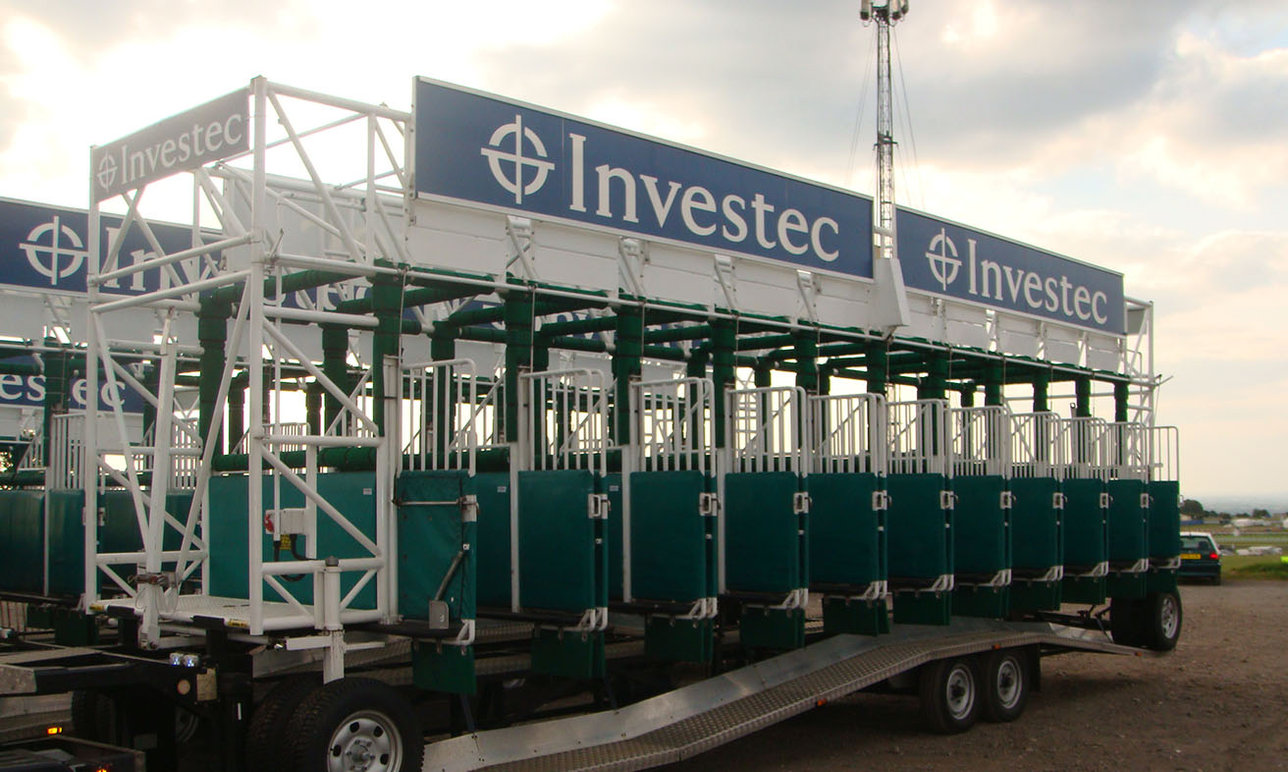As the hush descends around Epsom Downs at 4.29pm on Derby Day, binoculars are raised, champagne flutes fall still and thousands draw breath slowly, ready to urge their chosen runner to victory in the world’s greatest flat race. More than £1.625m is on the line for the winner. Typically more than 15 runners huddle impatiently inside the starting stalls, potentially only two and half minutes from writing their names in the history books.
But as recently as 1966, all that stood between the runners and the racecourse was a line of five wires suspended at head height, waiting for a flag to drop. This may be appropriate for jump races like the Grand National, held over more than 4 miles and taking 9 minutes to run; but the Epsom Derby is all over in just over 2 and a half minutes; every second counts and there’s no room for a messy start.
A spring-loaded start
In the mid-19th Century, the Derby had already been running for more than 50 years, but a standardised method with which to begin races had begun to emerge. One starter stood alongside the jockeys and their mounts with a raised flag, which he or she dropped to signal the start of the race. Another official stood 100 yards down the track with another flag, to be raised in case of a false start. These were common and could cause lengthy delays, as officials tried to calm horses ready for a fresh attempt.
By the 20th Century, this technique had been replaced by the suspended wires that persisted until just over 50 years ago. The clerk of the course and various attendants would prime the springs that held the wires in place, releasing the springs to start the race. This brought a level of precision and predictability that improved the spectacle, and was certainly well received by the gambling community.

An innovation that changed racing
However, the major innovation that would transform flat racing forever was still to come. Clay Puett, a trainer and a starter from Texas, had spent his 30s experimenting with electronically operated starting stalls. Initially they used chains to hold the horses, but these just provoked the animals to strain against them. By 1939, Puett had refined a patented v-shaped door design that would give horses enough headroom to stay calm, and yet keep them confined from the noise and molestation of the course and the competition. By 1941 his innovation was in place as standard at the Kentucky Derby, and it was only a matter of time before the British horseracing authorities followed suit.
It took more than 20 years, but in 1965 the Jockey Club introduced starting stalls at flat races in the UK, and in 1967 they became standard at the Epsom Derby.
Video courtesy of British Pathé
Video courtesy of British Pathé
Horses usually enter the stalls from behind, sometimes with the assistance of officials if the horse is reluctant. The front door mechanism of each stall is held shut by an electromagnetic lock, straining against spring-loaded hinges. When the starter is satisfied, he or she presses a button which cuts the current to the locks, allowing all the doors to spring open simultaneously, and the race begins. Officials can also link this signal to the tote board, automatically ceasing the acceptance of new bets.
Live television, online betting, and innumerable training and nutritional advances have improved the Derby experience in the decades since Puett’s invention first came to the UK. However, few innovations have had the impact on racing administration, fairness, and horse and rider welfare as the electronic starting stall – a milestone in the history of the world’s greatest flat race.
Search articles in

